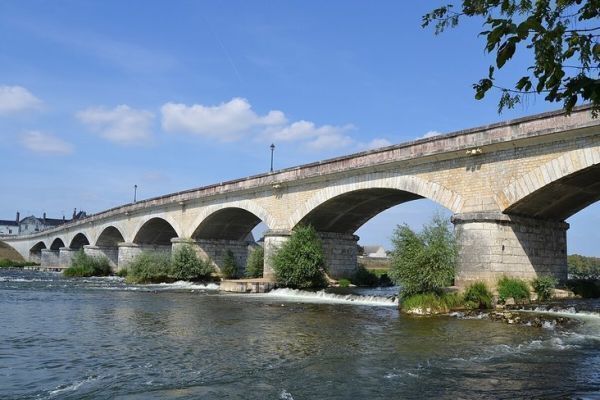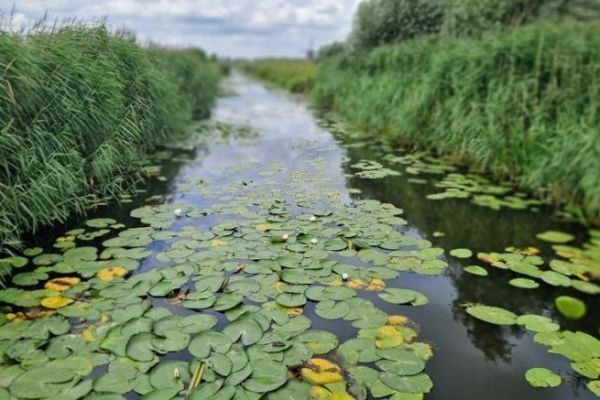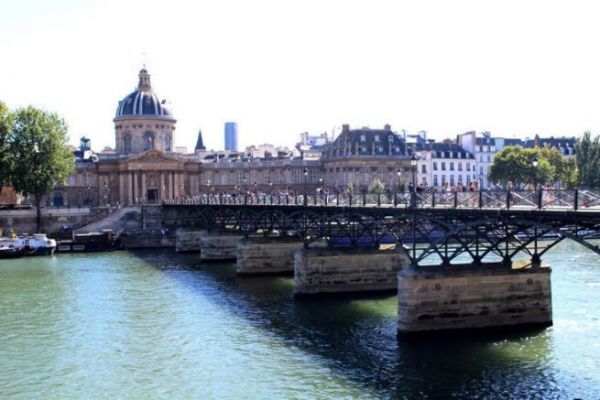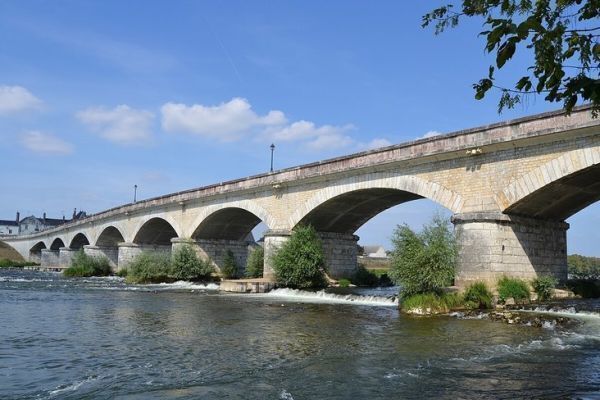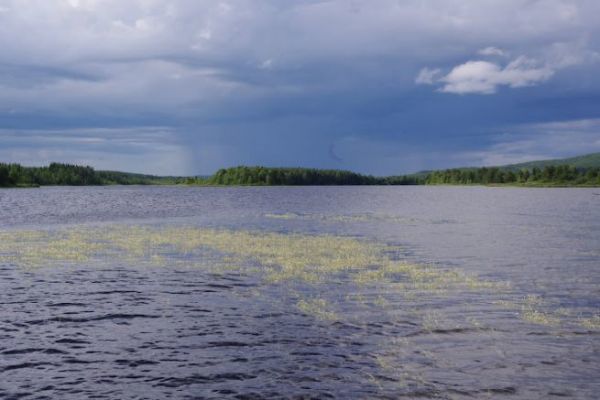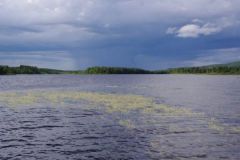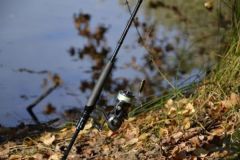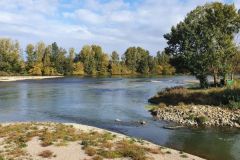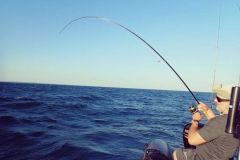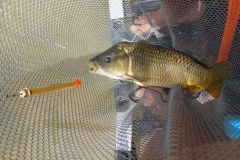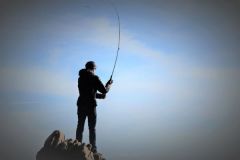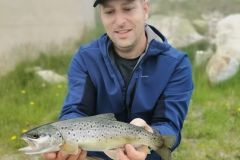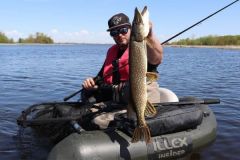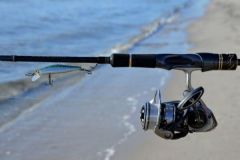The different structures
The generic term "weir" covers a wide range of man-made (and sometimes non-man-made!) structures, including weirs, dams, sills and riprap.
What all these structures have in common is that they dam the riverbed, creating a greater waterfall and significant acceleration of the current, creating powerful water veins, eddies and counter-currents.
While these structures often extend across the entire width of the river, on the Loire in particular, there are numerous sills between bridge piers that accelerate and channel the current.
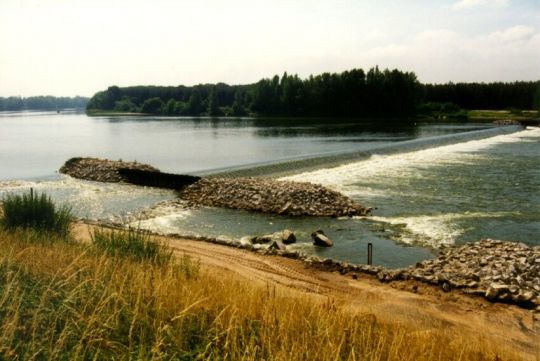
Why prospect them?
These structures, which accelerate the current, oxygenate the water and lower the temperature, which is synonymous with comfort and even survival for fish.
In addition, the channelling of currents and the formation of eddies enable the suspension of sediments and micro-organisms that form the basis of the food chain. They are therefore a possible source of food, but also a place where hunting is facilitated by the lack of mobility of smaller prey.
Finally, on the most powerful weirs, debris, branches and numerous rip-rap boulders frequently accumulate, providing ideal resting places for carnivores.
What species can you find there?
On these spots, you'll find all the carnivores that live in the area, from perch and catfish to pikeperch and pike. But you'll also be able to regularly track chub, asp and even barbel, which are fond of these oxygenated zones, often offering a substrate of sand, gravel or rocks, where they can feed on crayfish and various larvae.
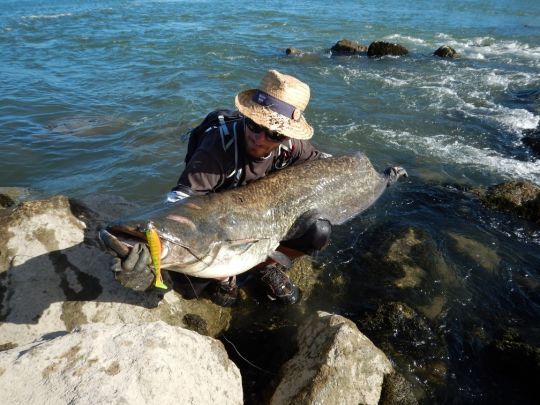
A summer spot par excellence
While it goes without saying that you'll be able to catch some great fish downstream of these structures as early as May, these are the must-see spots of the summer season, and all the more so when the heat has been on for several days and the water temperature is high.
Remember that water oxygen saturation is at its highest around 15°c and that the thermal optimum for pike, for example, is around 18-20°C. So it's easy to understand that when water temperatures are too high, fish will naturally head for areas offering oxygen and freshness.
While you may encounter active carnivores at different times of the day, particularly on shady banks, evening and morning strikes are obviously key time slots not to be missed. Hunting will be frequent and you may come across some real feeding frenzies, sometimes very short, but also very intense!
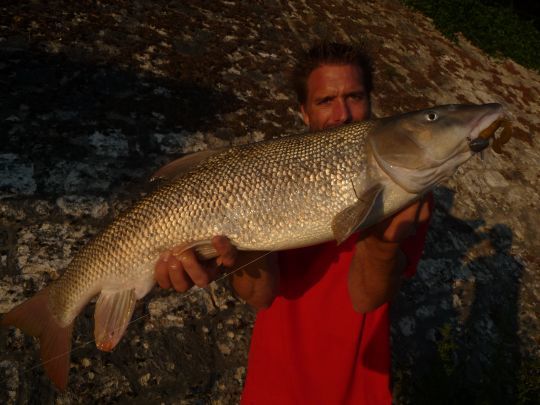
How do you approach them?
Particularly during busy periods, fast fishing with high-vibration lures will be effective on a large number of species and bring you your share of hits. Lipless, vibrating blades and cranckbaits are the best choice.
To target catfish more specifically, prefer to fish close to the surface or in open water using large soft lures or ripples.
For pike-perch and barbel, you'll need to go for scratch fishing. Rather light for the former and relatively overhanging and crawling for the latter.
Finally, if the backgrounds are too cluttered and the hangs too numerous, you can opt for a drop shot presentation, which will save you a few montages.
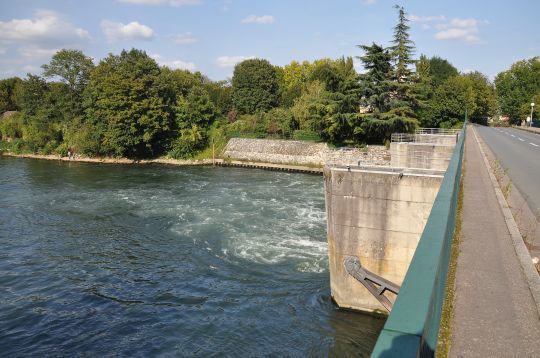
Beware of regulations
You need to pay close attention to the regulations generally indicated at the water's edge. Particularly in the case of dams, where fishing is often prohibited for 50 meters upstream and downstream. Similarly, climbing on engineering structures is rarely authorized!
